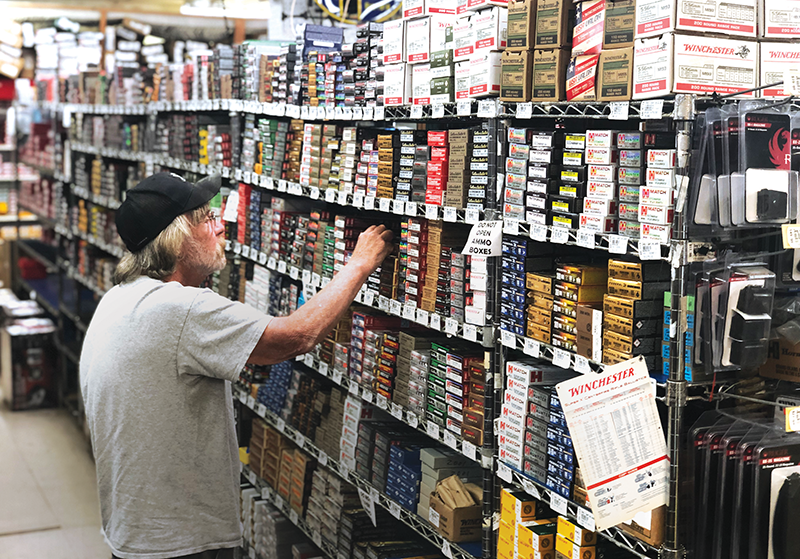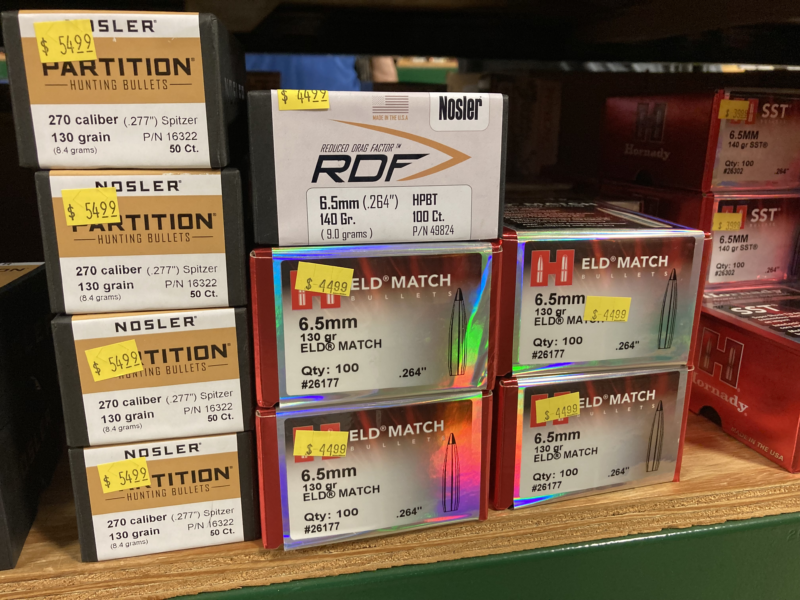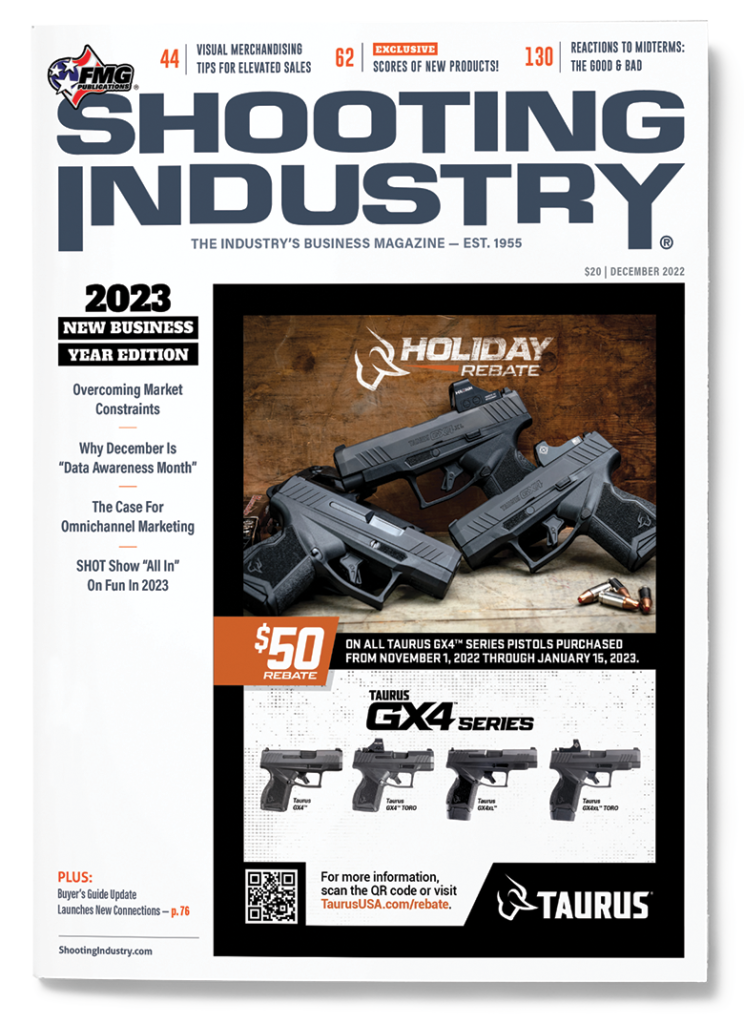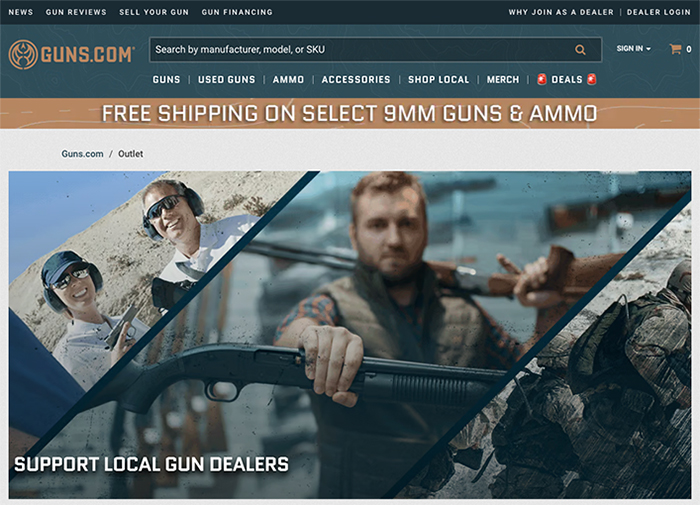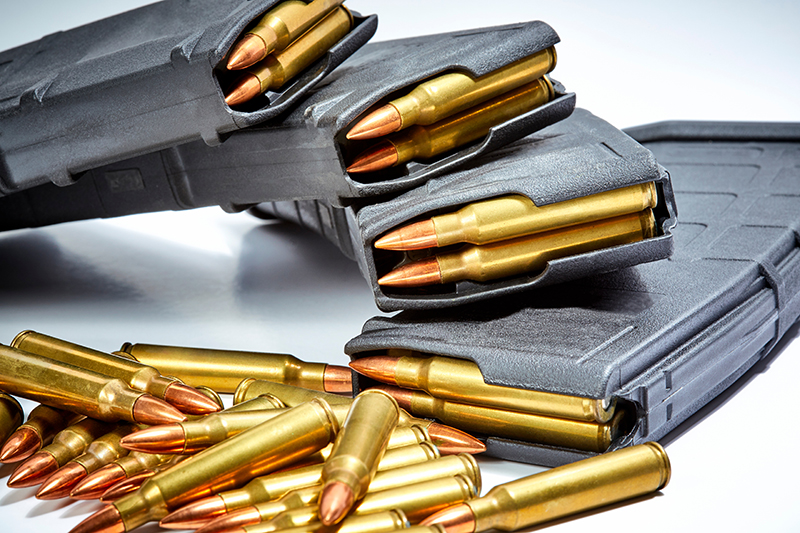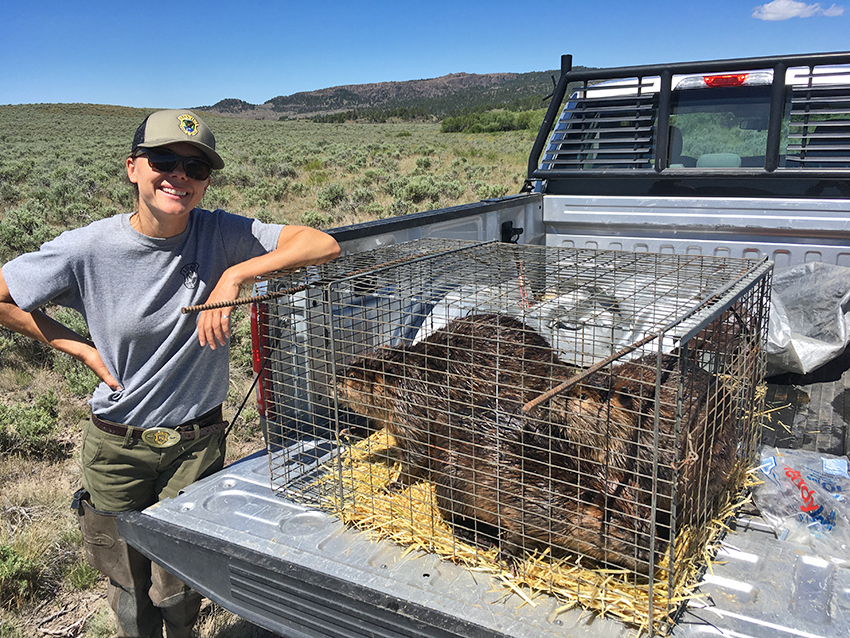Navigating Lingering Scarcity
Supply Shortage Crimps Reloader Markets
When interruptions occur in the firearms industry supply chain, the ammunition and reloading markets get pinched the hardest.
Reloading component shortages and ammunition shortages are usually concurrent. They occur for many reasons. When lawmakers advocate banning certain types of weapons like AR-15s, for example, the demand for those products spikes, as does demand for the .223 Rem. and 5.56×45 NATO ammunition those firearms use. Social unrest also provokes gun owners to buy ammunition and firearms.
Shortages are most noticeable for 9mm Luger, .40 S&W and .45 ACP, all common law enforcement and military cartridges. Accelerated production of ammo for military and law enforcement also causes shortages in the civilian market. This reduces availability of .380 and .22 LR, which manufacturers de-emphasize when producing high-demand military and police cartridges.
Robin Sharpless, VP president of Redding Reloading Equipment, said ammunition and reloading component shortages always accompany periods of political and social unrest.
“This tracks back to the ‘Summer of Love’ with Antifa and Black Lives Matter,” Sharpless recalled. “We had a tsunami of bad news. People were afraid. There was a lack of ammo, and it drove the reloading business into hardcore dedication to productivity enhancement.”
Of course, the coronavirus pandemic exacerbated an ammo and components scarcity by disrupting the supply chain. At the same time, ironically, a surge of first-time gun owners increased demand by large percentages. According to NSSF, about 5.4 million Americans bought a gun for the first time in 2021 alone. Theoretically, this translates to at least 5.4 million additional boxes of ammo.
Residual Effects Of Big-Box Sales Habits
When shortages are most acute, factory-loaded ammunition is scarce, said Rick Killebrew, an associate at Fort Thompson Sporting Goods in Sherwood, Ark. As production accelerates and product ships, loaded ammunition trickles to retailers, triggering binge buying among some customers. Big-box retailers sell an entire pallet of ammo to a few customers as soon as it leaves the truck. Moving inventory quickly is an objective in that retail paradigm. It doesn’t matter if it moves through three customers or 30.
Sharpless noticed the same behavior in the reloading components market.
“If you were watching Facebook forums, you’d see posts that would say, ‘Cabela’s got so many primers, and I got them ALL!’” Sharpless said. “I talked to one of those guys. He loads a box of ammunition a year. He shoots a couple of deer a year, so that’s, what, half a box at most? But he’s got 3,000 years’ worth of primers. It’s an ‘I’ve got them and you don’t’ thing. Those behaviors do hurt the market.”
Sharpless continued, “A lot of new people are getting in, too, so now you’ve got people scurrying around and paying far more than they should, but they feel like they have to have it.”
David Stone, president of Dong’s Guns, Ammo & Reloading in Tulsa, Okla., observed the same thing in the ammunition market.
“During the pandemic in 2020, there was no rimfire and no 9mm,” Stone observed. “One guy told me he had a 50-gallon drum full of .22 rimfire shells. Never in your entire lifetime are you going to shoot all those. There are thousands of hoarders like him.”
“He’s got 3,000 years’ worth of primers. It’s an ‘I’ve got them and you don’t’ thing. Those behaviors do hurt the market.”
Robin Sharpless, Executive Vice President
Redding Reloading Equipment
Flattening Supply & Demand Locally
Some retailers, like Fort Thompson and Dong’s, flatten the supply and demand curve locally to a small extent by limiting the amount of ammo and components individuals can buy at one time. Rationing ammo and components ensures products are available to the maximum number of customers.
Stone believes boom-bust cycles in the ammunition and reloading markets occur about every 10 years. He said customers often come to him last when they’re unable to find what they want at national big-box retailers.
“If you can’t find it anywhere, you go to Dong’s,” Stone stated. “I wish I could change that thought process. Why don’t you come here first instead of us being your last choice? Generally, we’re cheaper than they are, anyway.”
Rationing ammo is important during buying spree periods because it engenders trust, Stone contends. Nothing frustrates a customer more than unavailable product.
“I’m here every day and I watch my inventory level,” he remarked. “Big chains have got corporate people who watch stuff. They’ll ship a hundred boxes to a store. One person can walk in off the street and buy it all. I don’t do that.”
Competition For Excess Is “Intense”
Even when ammo is available, reloading supplies often remain scarce for a long time. Killebrew of Fort Thompson Sporting Goods said it’s because ammo manufacturers consume the bulk of powder, primers, brass and bullets.
“A lot of the primers are staying with the manufacturers because they’re producing cartridges,” he asserted. “If they can’t get primers, they can’t produce cartridges either. Vista owns CCI and Federal, and now Remington. Hodgdon owns most of the powder brands, so they’ve all got the same issue. Powder is going to the manufacturers to produce the bullets. It’s all a chain deal. Reloaders get the leftovers.”
Competition for the “leftovers” is intense, as well. Bill Pool, owner of Arkansas Gun Traders in Benton, Ark., is a noted gunsmith and competitive shooter. He said high-volume shooters don’t generally shoot factory ammo. They all reload, and they consume a large portion of the available components supply.
“The average hunter is not who buys all the ammo reloading components,” Pool noted. “It’s the guys who shoot a lot, competitive target shooters and high-volume varmint shooters. If those guys dropped out of the component market tomorrow, you wouldn’t see primers and powder shortages anymore. There would be plenty of it.”
Advantage Of Domestic Sourcing Rises
For retailers, inventory planning has been daunting. Killebrew of Fort Thompson Sporting Goods said the store orders its products in January and February. Shipments typically arrive throughout the year, but, “if it’s not being produced, they can’t ship it,” he stated.
Sharpless maintains the same limitations affect the availability of reloading dies and presses. That part of the reloading market is often overlooked, but those items are essential. Many of Redding’s competitors have their dies made overseas, Sharpless revealed. Shipping them to the U.S., and then distributing them can be problematic.
Sharpless indicated Redding ameliorated this issue by making its dies in the U.S., with domestic steel mills.
“We were sitting here with a 22-week backlog,” Sharpless said. “We’ve gotten it down to four to six weeks. The boxes our die sets come in are made in New York. Our castings don’t come from China. They come from Pennsylvania steel. Those things helped us a lot.”
“When things are tough, business relationships we’ve had for a long time pay off. And the fact I always pay my bills early means I always get more product than anybody else.”
David Stone, President
Dong’s Guns, Ammo & Reloading
Relationships Pay Off
According to Stone, his experience has taught him to plan ahead and his relationships with suppliers enable him to obtain products in a timely fashion.
“We’ve been in business for 76 years,” he informed. “When things are tough, business relationships we’ve had for a long time pay off. I’m a distributor for lots of major lines, like Hornady. My customer number is less than 150, so I’ve been buying from Hornady since they started. That’s just one example. And the fact I always pay my bills early means I always get more product than anybody else.”
Sometimes, Stone added, it pays to play a hunch.
“I’m kind of a gambler,” Stone said. “When I saw a primer shortage coming, I gave somebody I’ve never done business with $150,000 up front for primers. When those came in, I gave them another $150,000. It’s a gamble that paid off.”
Stone shared he also has to account for delays in backorders. Powder, for example, has been on backorder for as long as four years. It trickles in. If necessary, Stone prolongs the availability of his supply by limiting how much individual customers can buy.
“They (suppliers) get allocations just like they allocate it to me,” he explained. “They don’t ship it all at once. Even though it’s been on backorder for three or four years, they ship a little bit of it, but they don’t ship the whole order. They allocate it to me. I allocate it to the public.”
Stone doesn’t have to ration primers, but it could change in six months if demand spikes. Keeping a steady inventory of bullets has also been challenging, though.
“I have pages and pages of backorders from all the major bullet makers,” he conveyed. “I never know what I’m getting or when I’ll get it.”
Reverse Hoarding?
Even when demand stabilizes, factors external to the market can cause a spike in demand and a dip in supply, Stone suggested. Social and political unrest are sporadic, but other situations, like trucker strikes or dock worker strikes, are foreseeable.
“Let’s say there’s a trucker strike. There’s no freight coming in. It kind of kills everybody’s plan,” Stone said.
The solution, he advised, is equivalent to retailer hoarding. He buys enough to get him through the lean times. When the supply reflows, he overstocks again.
“The last big shortage was 2013,” Stone recalled. “I hated that I ran out, so I overbought. I’ve had primers since 2013. I bought too many then, and I’m damn glad I did. It’s already been paid for. The idea it’s not doing any good if it’s not moving doesn’t apply to this industry because we have shortages every eight to 10 years. I’m never worried about having too much bullets, ammo, powder and primers. It doesn’t go bad. It can sit there.”
Despite the challenges facing the market, there’s always room for the entrepreneurial spirit to match the demand cycles’ peaks and valleys.

